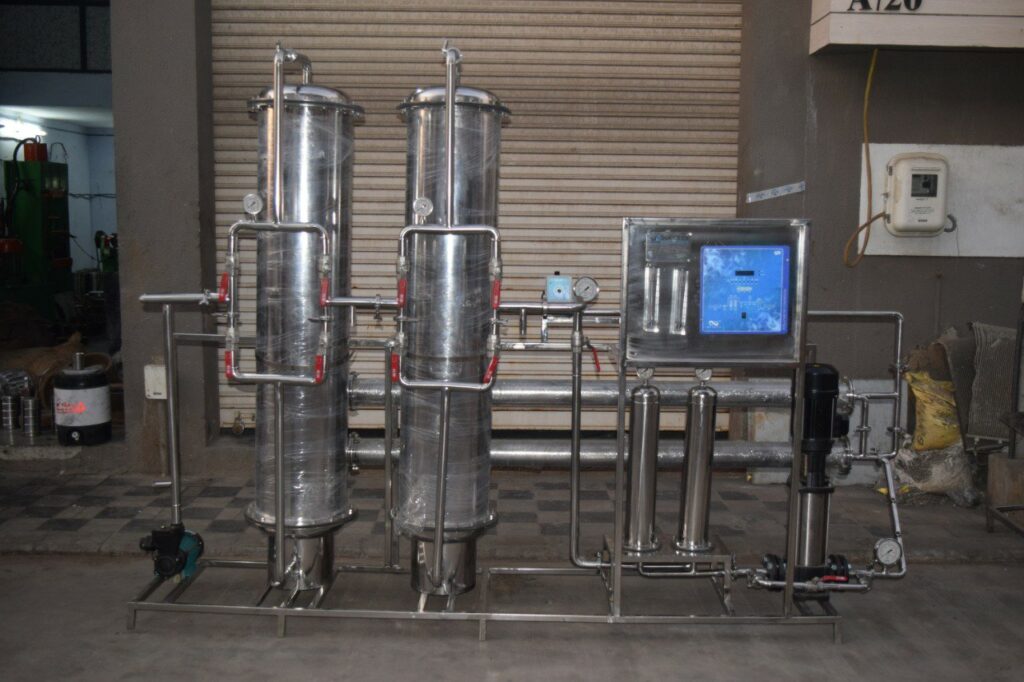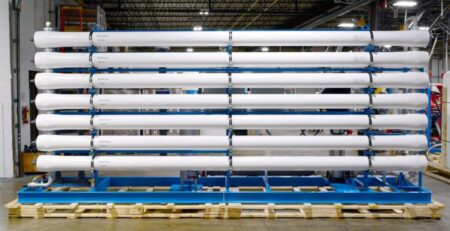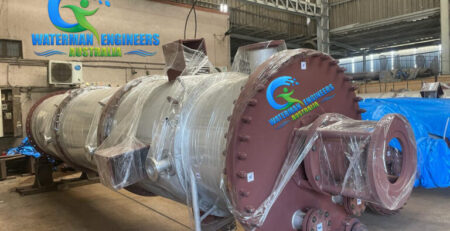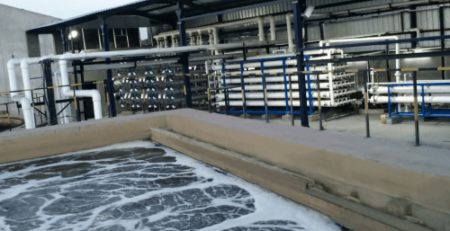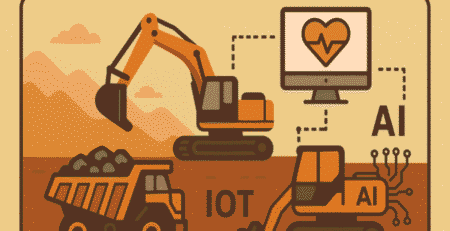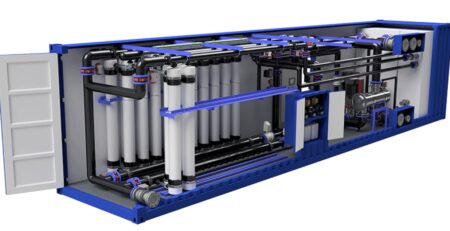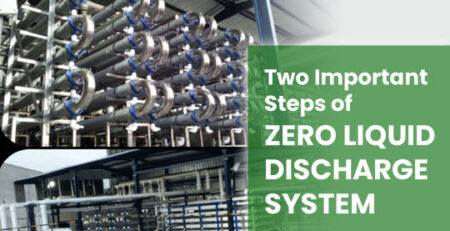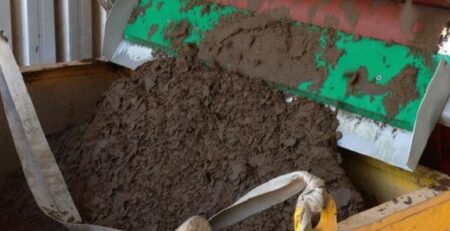Market for Reverse Osmosis Plants in Vietnam
In the last few years, the market for Reverse Osmosis Plants in Vietnam has exploded. This is due to the large number of people in the country, the booming business of hydroponic farming and the fact that the climate is suitable for growing crops. However, there are still some challenges. Let’s look at some of them.
What is the Use of Whole House Reverse Osmosis Plants in Vietnam?
Whole house reverse osmosis is a method of purifying water used in Vietnam. It is designed to help reduce contaminants like salts, chemicals, and minerals. It works by draining wastewater from your water softener.
Reverse osmosis can remove up to 98% of dissolved ions and solids in water. The process is performed by forcing the solution through a semi-permeable membrane. The result is pure water.
Whole house reverse osmosis systems require large amounts of prefiltration and post treatment. This is to ensure that the membrane operates efficiently.
The system may also include sanitation. The best way to determine whether or not you need a whole house RO system is to run a test to analyse the chemical composition of your drinking water. This can reveal the presence of arsenic, cyanide, and pesticides. If you have private well water, you must perform a thorough test every year.
A rigorous water test kit will reveal the metallic and organic composition of your drinking water. It will also help you determine what you need for your purification system.
A reverse osmosis system uses a semi-permeable membrane to filter out the ions and other substances in water. A carbon filter helps protect the membrane from chlorine, which can be dangerous.
In addition to removing ions, reverse osmosis can improve the taste of water. The membrane has microscopic pores that can help eliminate microbial and microbial-derived contaminants.
What are the Benefits of Reverse Osmosis in Vietnam?
One of the most effective and reliable ways to purify water is through Reverse Osmosis. It removes a large number of contaminants, which can be as small as 0.0001 micron in size. The process is efficient and inexpensive. The best part is that it can be applied to a variety of applications.
The Navy of is using Reverse Osmosis systems to desalinate seawater. This is in order to provide fresh water for the Armed Forces. The technology can also be used in other industries, such as pharmaceutical drug manufacturing of Vietnam.
Reverse Osmosis is the most efficient and versatile technology available in Vietnam. It removes a wide variety of contaminants, including hazardous microbes and pollutants. The process uses pressure gradients to force the water through the semi-permeable membrane. The water is then separated into two separate streams, the pure water and the reject water. The reject water is flushed through the drain.
Reverse Osmosis is a common method of producing fresh water in Vietnam. It is used in a variety of industries, including manufacturing, pharmaceutical, and offshore fields. It is a cost-effective, energy-efficient, and reliable way to purify water. The process does require a bit of special application, though. Reverse Osmosis is also used in naval vessels.
Why are Reverse Osmosis Systems Growing in Popularity in Vietnam?
In the coastal areas of Central and South Vietnam, there are several seawater desalination plants that provide clean, fresh water for a large number of coastal communities. These are often powered by wind or diesel.
In 2022, more than 85% of the total population in Vietnam had access to safe drinking water. This represents approximately 40 liters of water per person a day. Approximately 6.3% of the rural population relies on tap water as their primary source of water.
The quality of rural water resources is poor. This is pushing the population to accept lower-quality drinking water. In addition, the water tariffs paid to rural residents are much higher. This means that rural people are sometimes not able to afford the high connection fees.
Using reverse osmosis, the salts and other contaminants in the water are removed. The process is fully automatic. It also eliminates the need for acid and alkali regeneration.
Reverse osmosis systems are used in a wide range of industries in Vietnam. Some of these include chemical and food industries. These installations use semi-permeable membranes to separate salts and other minerals from water. The dissolved solids are flushed away as reject water.
RO plants can be installed onshore or offshore. They can be containerised, reducing on-site installation costs. A containerised plant can be deployed on a site in hours.
Hydroponic farming Using Reverse Osmosis
When it comes to hydroponic farming, the best water for hydroponics depends on a few things. For starters, it is important to choose water that has a pH near neutral. This will allow you to add nutrients easily.
Reverse osmosis (RO) water is a water source that is filtered through a semipermeable membrane. It removes any contaminants, including iron, lead, and mercury. The resulting water is a neutral base for your nutrient solution.
If you do not have access to RO water, tap water is a good option. It has a pH of approximately seven to eight. Using formulated solutions is another way to ensure that your plants are getting the nutrients they need. These solutions are usually formulated to provide you with a guideline on what to add to the water.
Storage Tank in a RO System
A reverse osmosis storage tank is an essential part of any RO system. It stores the purified water that has been produced. It also helps in maintaining the pressure within the entire RO system. This means that it needs to be kept clean and free from particles.
Reverse osmosis is a process whereby the fluid that is being filtered passes through a semipermeable membrane. The impurities in the water are captured by the membrane. This reduces the concentration of metals, dissolved minerals and other impurities. The result is water that is totally clean and free from contaminants.
Reverse osmosis systems are often purchased based on the amount of RO water needed for a particular application. The system can also be equipped with a remineralization or UV light.
A reverse osmosis storage tank can be made from steel or plastic. It is usually designed to fit beneath a sink. There are various models of these storage tanks available on the Vietnam market.
The Bottom Line
Reverse osmosis is a widely used technique for treating water in Vietnam. It can remove salts, dissolved inorganic matter and microorganisms, while reducing total organic carbon. It is often used in food processing and semiconductor manufacturing. Compared to other filtration methods, reverse osmosis is more cost-effective.
It’s an efficient method of treating large volumes of water. It also eliminates the need for several chemical treatments.
Reverse osmosis systems are usually designed to recover as much water as possible. It does this by forcing a higher concentration of liquid through a membrane. The result is clean water that is free from impurities.
In addition to providing cleaner, healthier water, reverse osmosis also lowers the total dissolved solids (TDS) in a liquid. This is especially beneficial for removing toxic elements from drinking water.
The best way to determine what type of pre-treatment your water needs is to perform a thorough test. Your water source should be tested for heavy metals and toxic chemicals. It may be best to install a whole house RO system if you have particularly challenging water.



